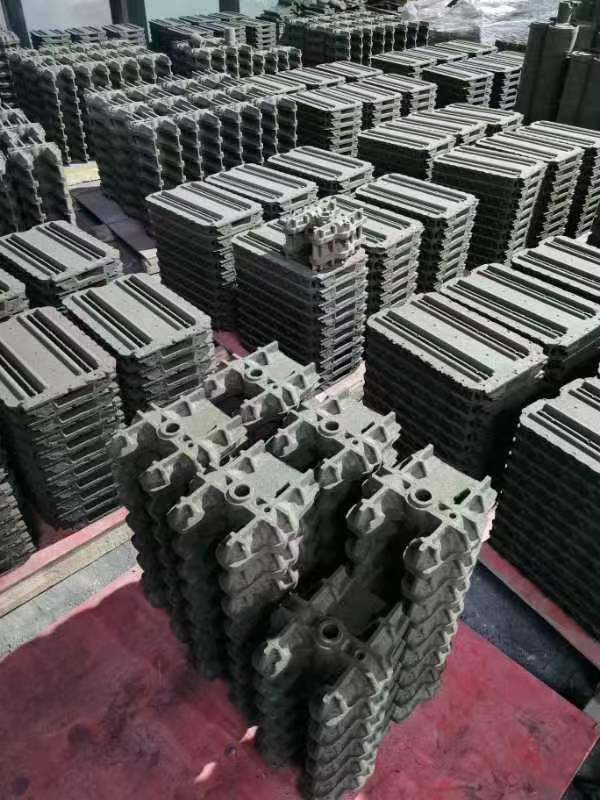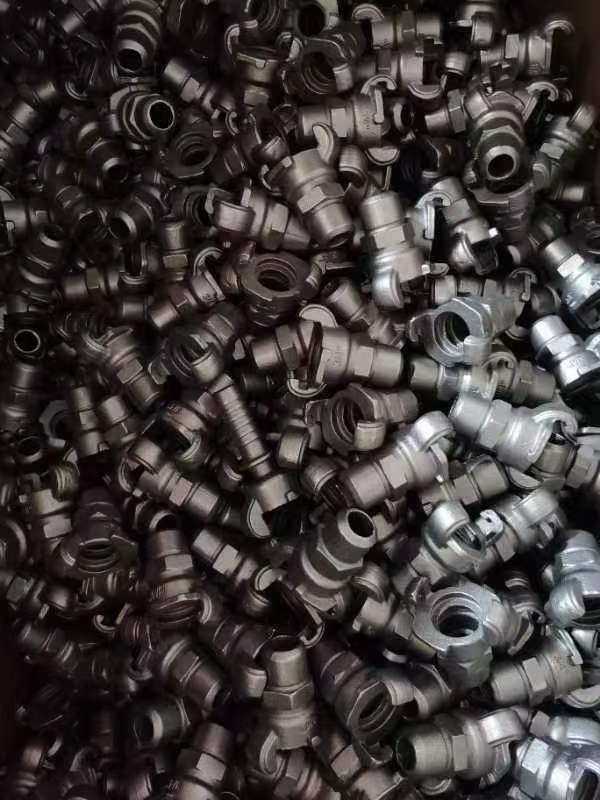Introduction of shell molding process
Casting is a popular manufacturing method used to produce a variety of metal components of the many casting technologies available. Sand casting often preferred due to its low cost, high flexibility and ability to produce parts of various sizes and shapes. A variant of sand casting known as shell mold or shell casting has grown in popularity in recent years due to its excellent surface finish and dimensional accuracy. In this article, we will discuss the shell molding process in detail.
The shell molding process involves using sand coated with resin, which is heated until a hard shell forms around the pattern. The shell removed from the model, leaving a cavity in the shape of the desired component. The molten metal is then poured into the cavity and allowed to solidify, creating a finished part with accurate dimensions and a high surface finish. One of the benefits of the shell molding process is that it can be used to cast a wide variety of metals, including steel, iron, aluminum and copper alloys. This makes it a versatile technology suitable for making components for different industries, including automotive, aerospace, marine and construction. Another advantage of shell molding is its ability to produce high-quality parts with tight tolerances.
The shell molding process produces parts with a smoother surface finish than traditional sand casting. This is due to the finer grain size of the resin-coated sand used for shell molding, which allows for better filling of the mold and a more accurate and consistent surface finish. Overall, the shell forming process is a versatile and cost-effective method for producing complex metal components with high dimensional accuracy and surface quality. It has become an attractive alternative to traditional sand casting methods due to its ability to cast a variety of metals and produce components of various shapes and sizes.

